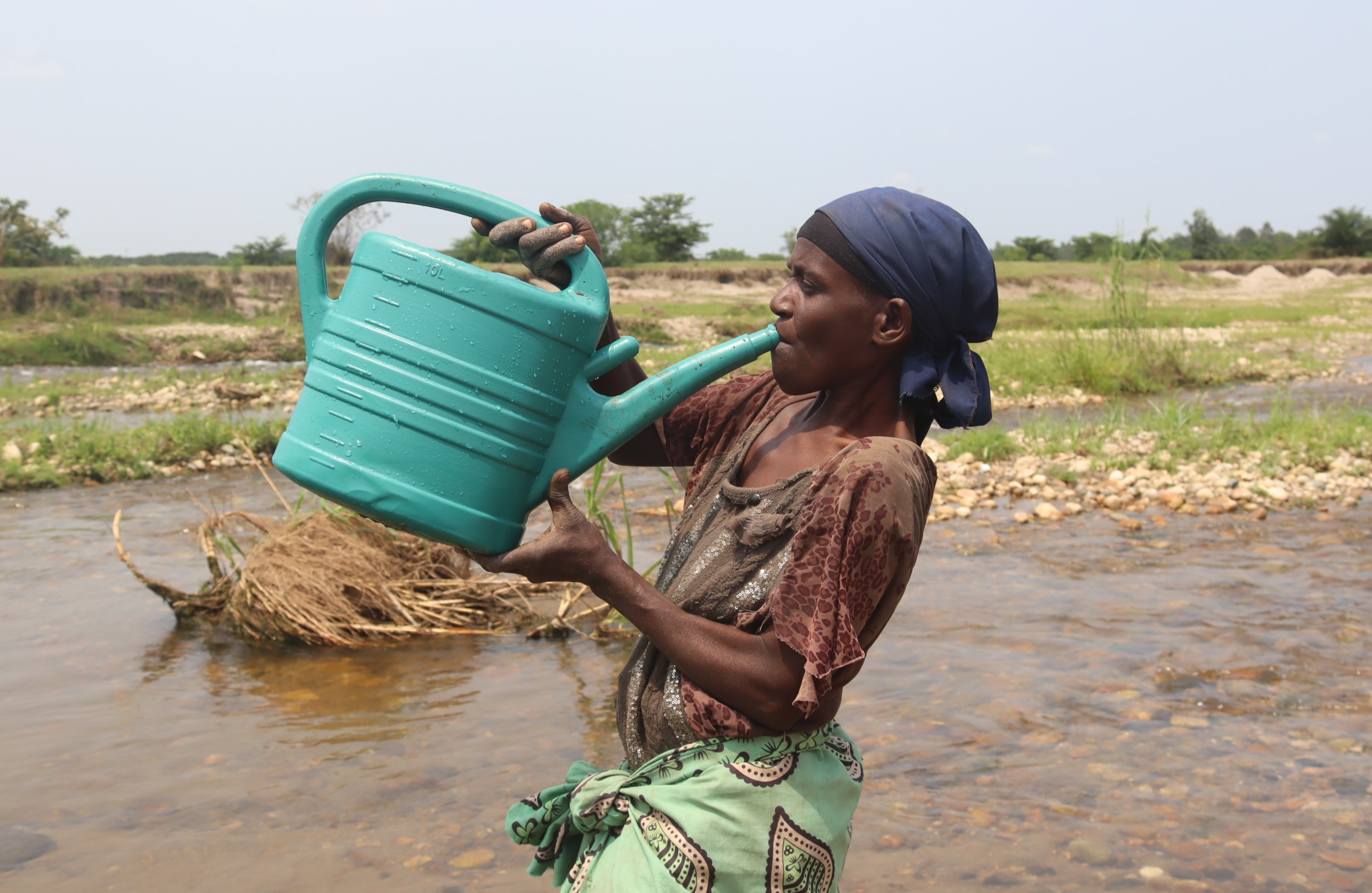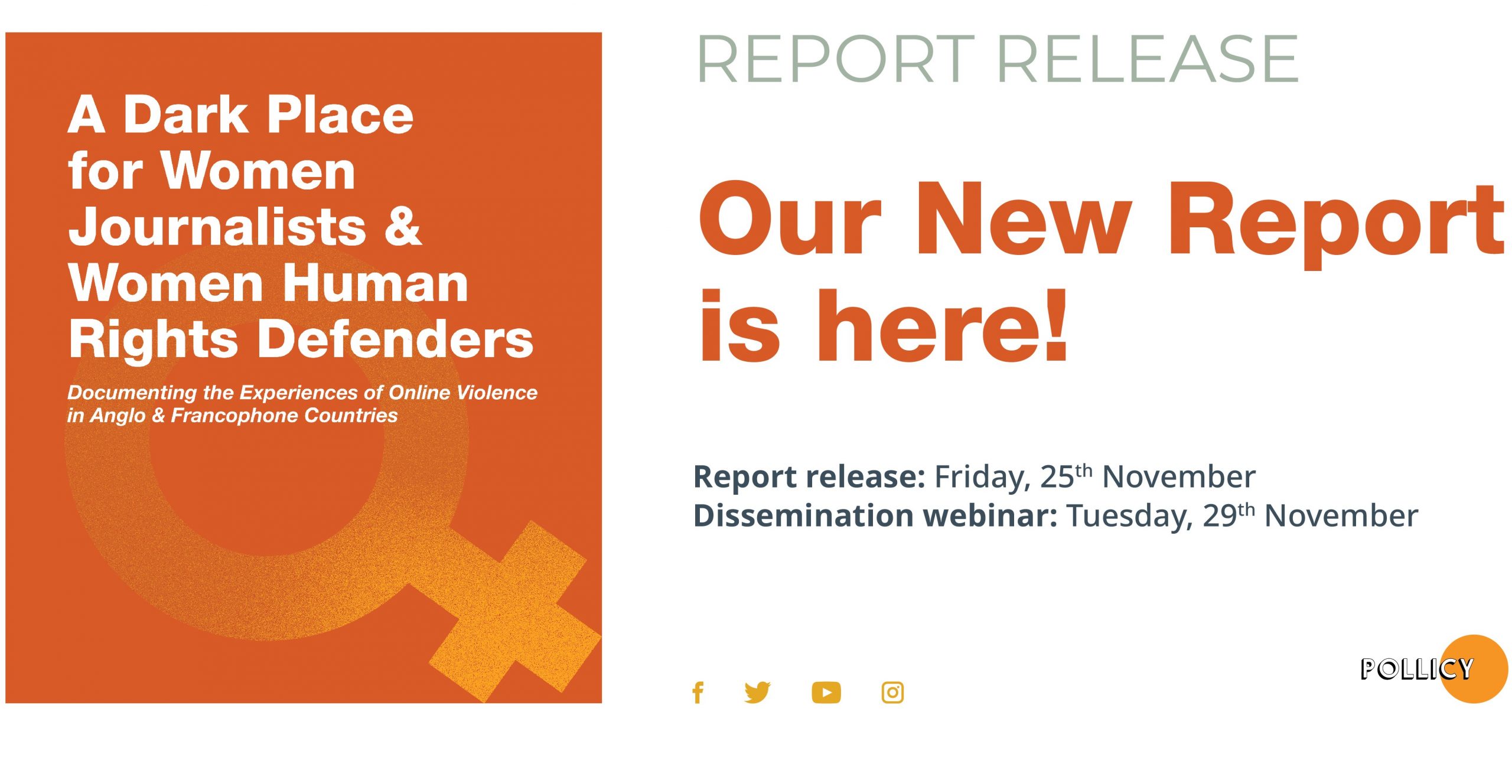
Environmental effects of River Nyamwamba more lethal to Kasese Communities
By Bikeke Saimon
Contaminated water from the Nyamwamba valley which hosts Kilembe mines industry in Kasese District is exposing the vulnerable communities to metal poisoning.
The valley is the bed for river Nyamwamba, a major water source for major communities in the low land areas of Kasese and the chief water supply that feeds into the historic Mubuki irrigation scheme.
However, a recent strange colour and strong stench covering the river has triggered fear of contamination among residents suspecting it could be polluted with copper and cobalt minerals.
The residents suspect that the contaminants are deposits of mineral left unprocessed and copper waste deposited along the river, getting eroded into the river water since 2020 heavy floods.
There is already fear that foods and forage grown around this area most likely contains significantly higher concentrations of copper, cobalt, zinc and in turn these elements have been consumed by the local people.
The consumption of food contaminated with these elements can cause cancer, gastro-intestinal complications, a decrease of immunological defenses, physical and mental disabilities and retardation.
In August 2019, during the cancer run activities in Kasese town, Kasese was highlighted having contributed 50 percent of Cancer patients at the Cancer institute Nsambya.
Yeresi Biira, a palliative care nurse specialist with Cancer and Aids Relief Organisation (CARO) said that if the accumulation of cancer cases is not arrested today, by 2025 many people from the region could be diagnosed with the disease.
A social survey conducted by Makerere University Students established that more than half of the households in Kilembe (51%) depended on tap water, 38% on the river Nyamwamba while 11% collected water from community water sources such as streams, water wells and gravity water systems.
The survey also highlighted that that the presence of metal sulphide deposits within an ecosystem can have significant impacts on the quality of water and on the health of humans.
Speaking to UJK, Solomon Kule an environmental specialist Nyamwamba Division pointed out that indeed there are clear signals that the water in the river is contaminated.
A part from change of colour, Kule says food crops and vegetables about 100 metres off the river bed are beginning to change colour or drying-up.
Kule advises farmers to grow food crops on the upstream or hills.
Kenneth Muhindo a youth in Kasese town said that the lack of an alternative sources of water forces residents to drink the contaminated water resulting into suffering from a range of waterborne diseases.
He quickly calls for massive intervention from government to have stand-up taps expanded in communities.
The Kasese Municipal agricultural and production officer Sanairi Bukanywa agrees that Nyamwamba water is contaminated but hasten to add that they are steps taken by the Government to protect the water source from being contaminated.
Water in tributaries flowing into River Nyamwamba, located outside the mine and tailing zone also contain elevated concentrations of heavy metals, exceeding recommended drinking water thresholds for Fe (38%), Ni and Mn (13%).
Heavy metals and trace elements found upstream of River Nyamwamba and in the tributaries possibly originate from geological weathering, attributed to area mineralogy and geology.
Whereas River Nyamwamba is well known for the destruction of property and loss of life whenever it overflows, the environmental effects are less known and could be more lethal.
The role of clean water in alleviating poverty cannot be overstated.


